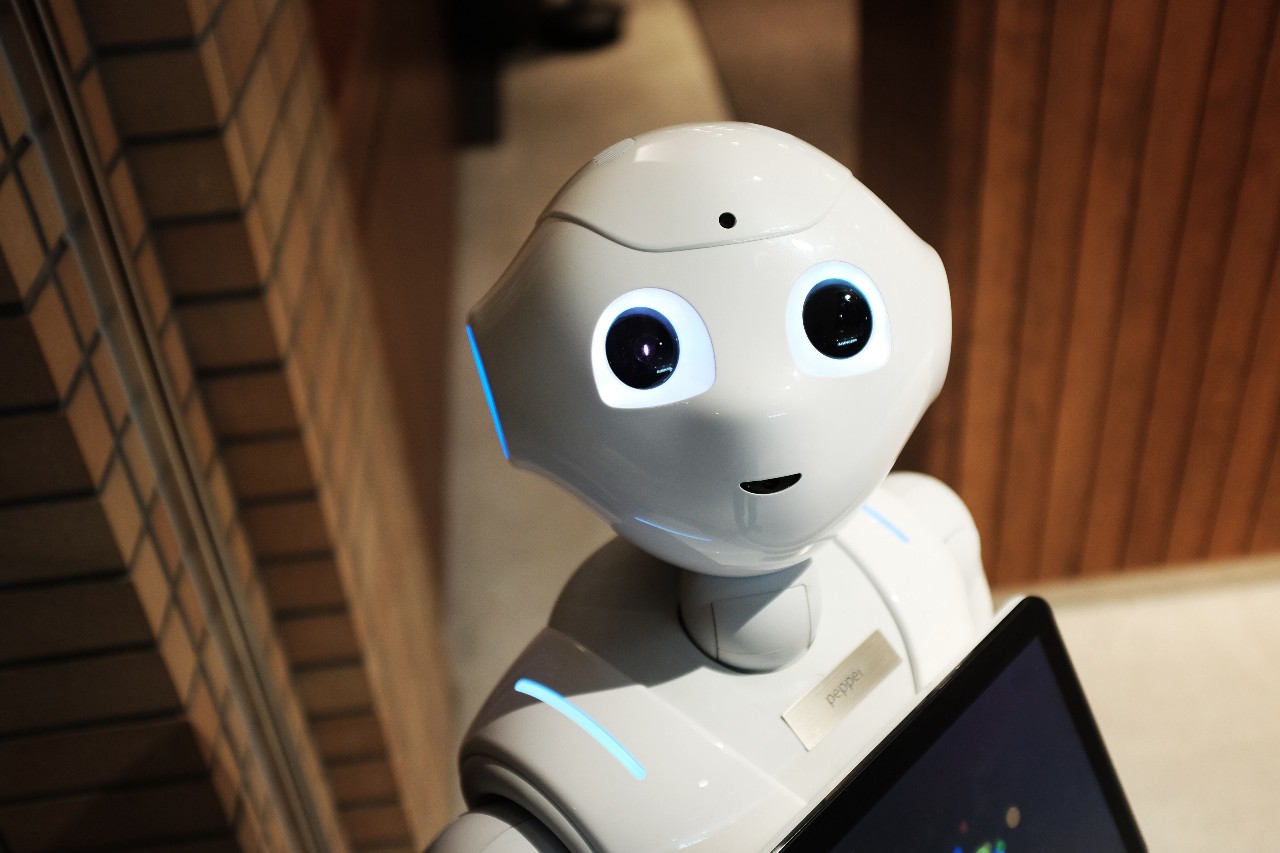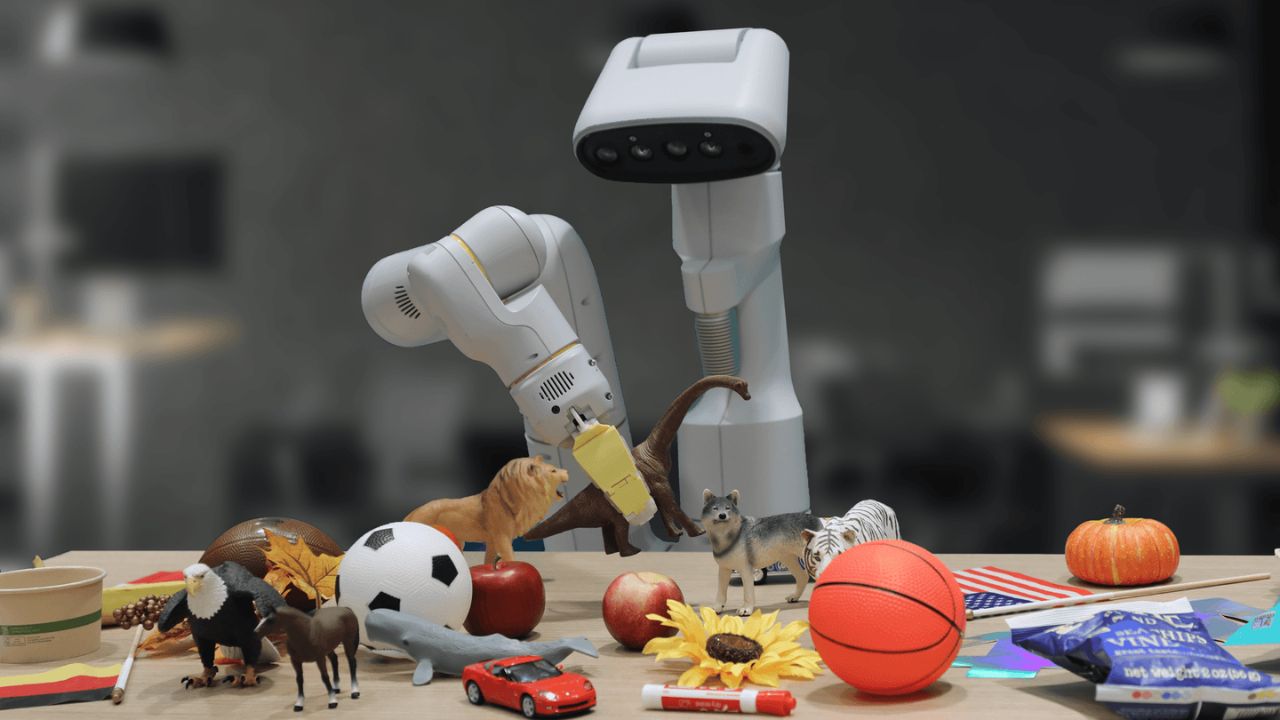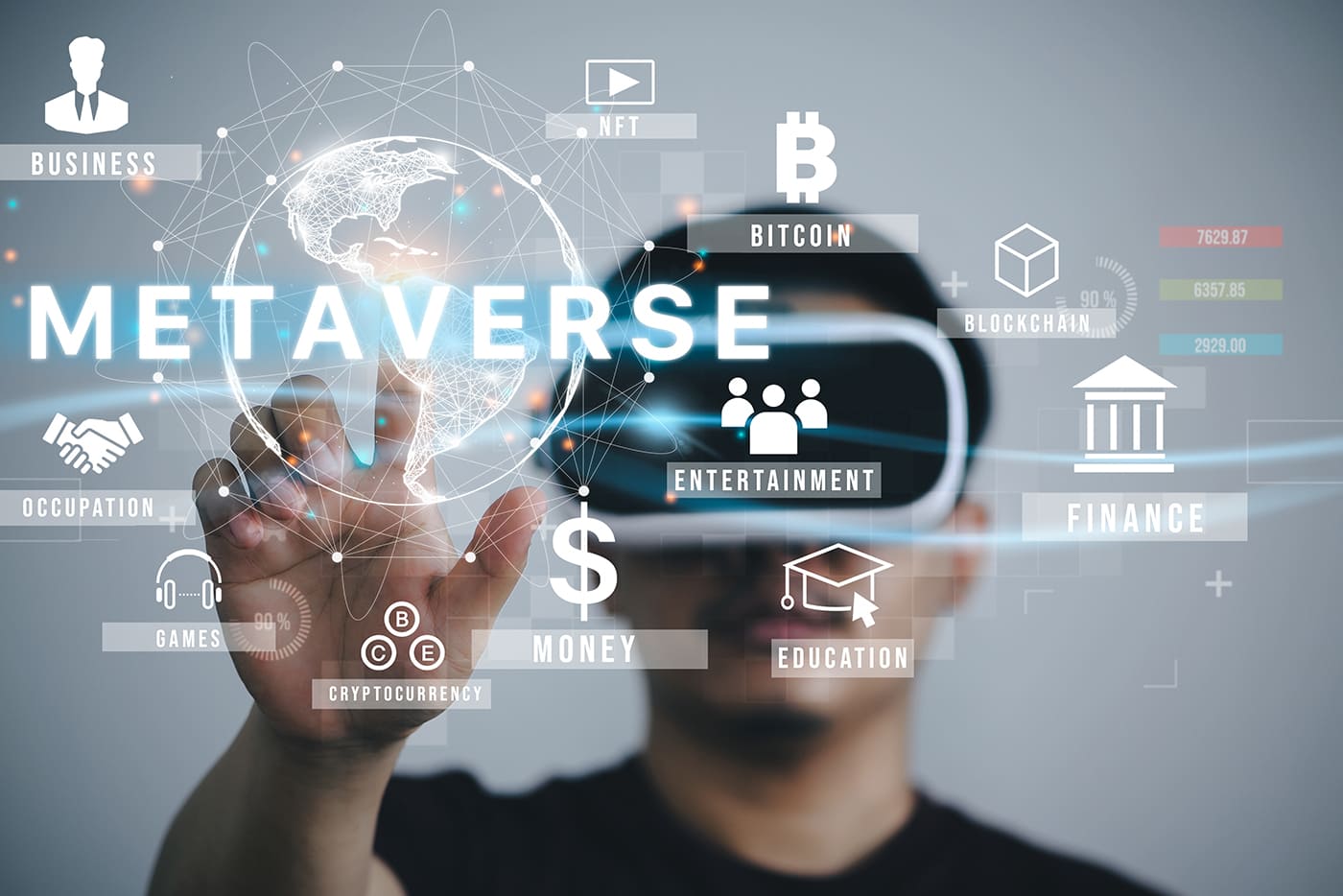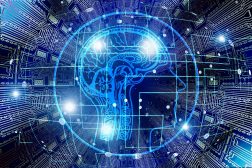In a surprising turn of events, tech giants Meta and Nvidia have both released new research on training AI models to interact with the real world. While AI has showcased impressive capabilities in the realms of art and entertainment, it’s crucial for AI systems to demonstrate practical skills. Both companies have focused on utilizing simulated environments to train AI models to perform real-world tasks.
Key Takeaway
Tech giants Meta and Nvidia are making significant strides in training AI models to interact with the real world. Nvidia’s use of simulated environments, coupled with a language model called EUREKA, enables AI agents to learn tasks more efficiently. Meta’s Habitat 3.0 introduces human avatars in the simulated environment, allowing robots to adapt socially and learn from human interactions. These advancements bring us closer to the era of embodied AI.
Simulated Environments as Training Grounds
The real world is a complex and slow-moving place, making it challenging for AI agents to learn tasks efficiently. Repetition is key in training AI to perform tasks such as opening drawers or sorting objects. However, these tasks can take days to learn in the real world. Nvidia has come up with an innovative solution by utilizing realistic simulated environments. By having AI agents practice tasks in these simulated environments, they can learn to perform almost as well in just minutes.
Nvidia’s breakthrough involves the use of a large language model called Evolution-driven Universal REward Kit for Agent (EUREKA), which automates the process of writing reinforcement learning code. For example, if an agent needs to learn to sort objects by color, there are various ways to define and code this task. The Nvidia team found that their code-trained language model outperformed humans in finding the most effective reward function, even improving upon its own code over time.
From Simulations to Real-World Applications
Although simulated environments provide an excellent training ground, the ultimate challenge lies in translating these actions to the real world. This process is known as “embodying” AI. While Nvidia’s work primarily focuses on simulated environments, it highlights the company’s commitment to developing generative AI.
Meta, on the other hand, is actively pursuing embodied AI. They have introduced a new version of their “Habitat” dataset, which comprises nearly photorealistic and interactive 3D environments that AI agents can navigate. The latest update, Habitat 3.0, allows for human avatars to interact with the simulated environment alongside AI agents, enhancing the training process.
Teaching Robots to Adapt Socially
Meta’s Habitat 3.0 introduces tasks such as “social rearrangement” and “social navigation.” In the context of a cleaning task, a robot must learn to operate in the presence of humans and adapt its strategy accordingly. By training the robot with human or human-like agents in the simulated environment, it can quickly learn to work with or around them, even in situations like following someone while maintaining audible range or ensuring safety.
Meta has also developed a new robotics simulation stack called HomeRobot, aimed at enhancing the capabilities of robots such as Boston Dynamics’ Spot and Hello Robot’s Stretch. By standardizing basic navigation and manipulation software, Meta hopes to catalyze innovation in higher-level tasks.

























